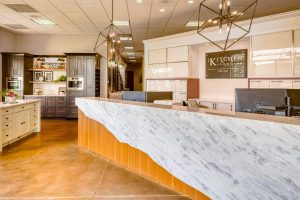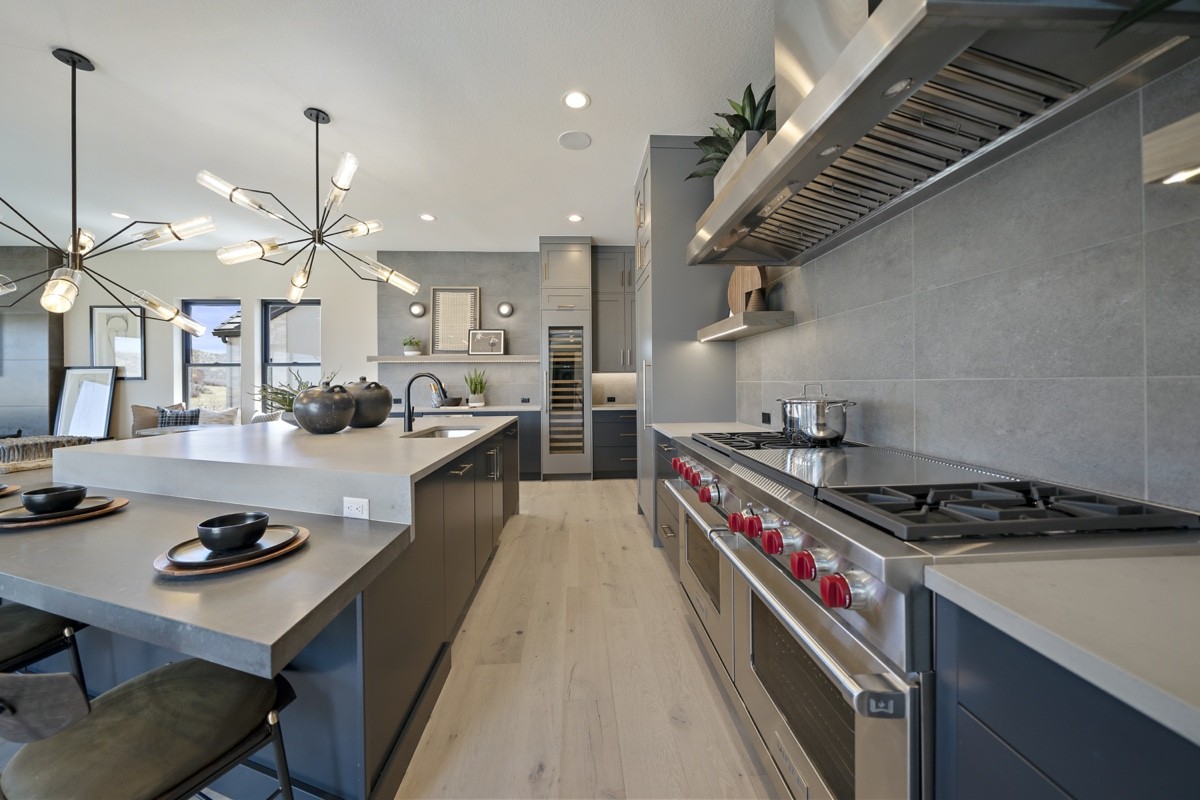A glossy surface has become one of the hallmarks of a contemporary kitchen. As appealing as it may be, whenever something gets this popular, there’s likely to be a lot of myths and misunderstandings on the subject. Keeping this in mind, here’s some of the truth about glossy kitchen materials and how to take care of them.
Are Glossy Surfaces Easier To Clean? Slippery?
To clear the air, glossy surfaces are far easier to clean than their counterparts, which is a major part of their appeal to families with small children or pets. Yes, those surfaces may show smudges and fingerprints easier, but they also are a lot easier to clean off, only requiring a non-scratch clean cloth. In terms of being more slippery, being glossy is not the same thing as being slippery. One is an aesthetic point, one is a tactile one. As long as you keep the surface clean, which is easier, you shouldn’t have any problems.

Facts And Myths
Let’s clear the air about a few other things regarding glossy kitchen surfaces. For one thing, while some smudges are more noticeable, greasy and oily ones are actually less noticeable, which is part of why they are such a great fit for cooking space. In addition, you don’t need to fall into the trap that these are only suitable for certain kitchen designs. Any modern, contemporary look that needs a heavy amount of light and reflection is a good match for a glossy kitchen surface. Just make sure that aligns with the design for the rest of your home.
Once you fully understand these myths, you have all the equipment you need to start implementing glossy surfaces in kitchens as you wish. The next step will be finding professionals you trust to implement your design plans, and that means working with The Kitchen Showcase.

























